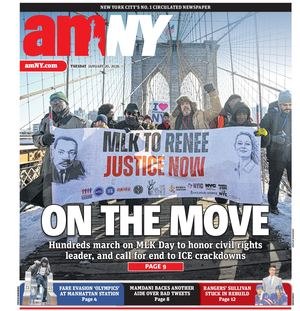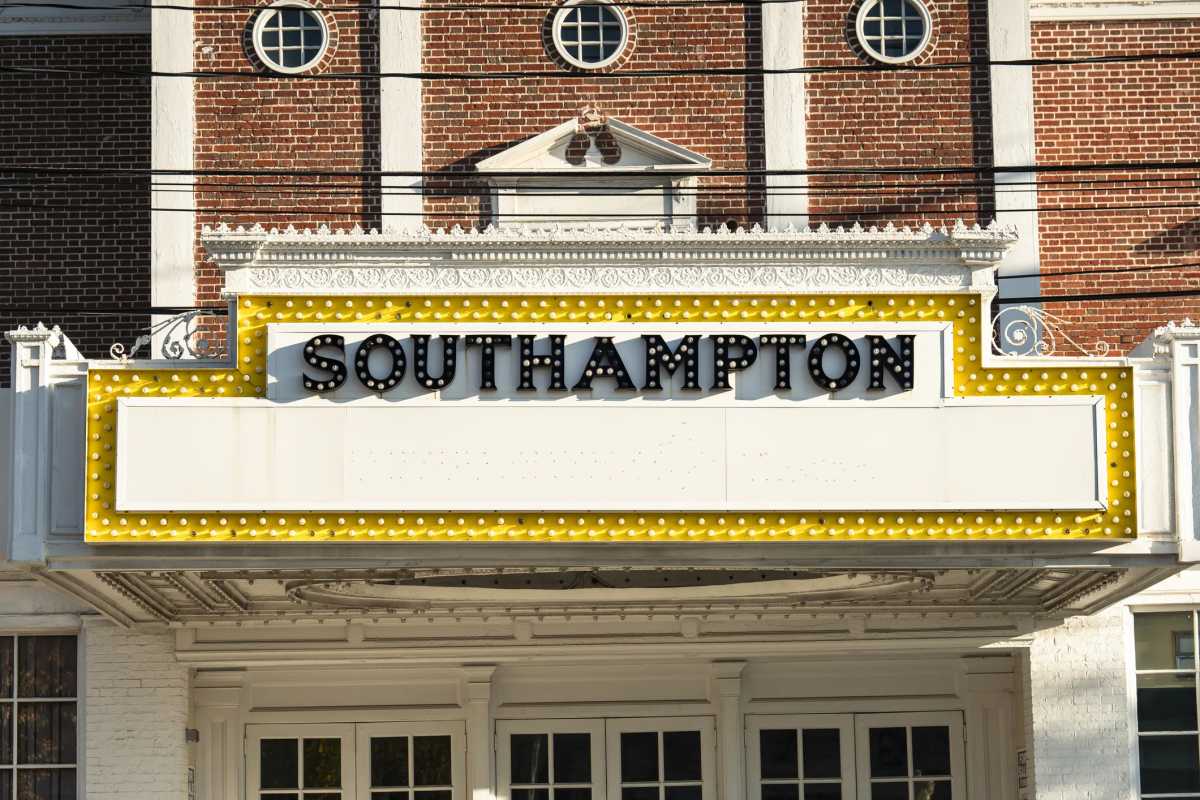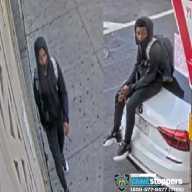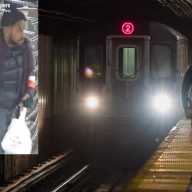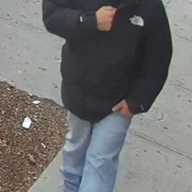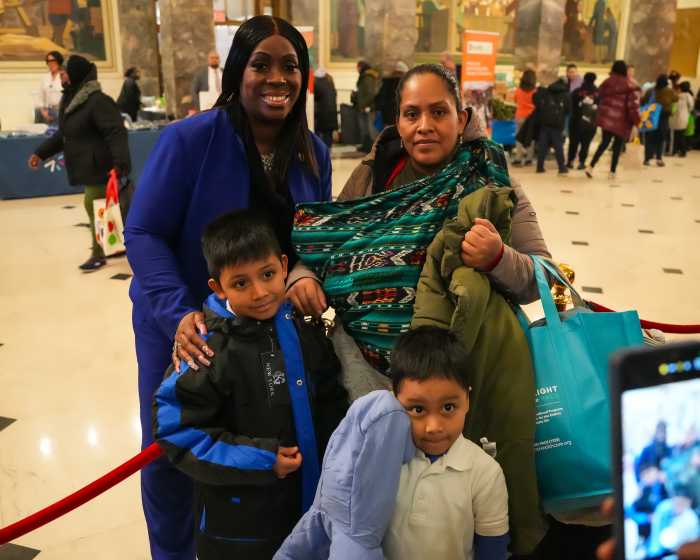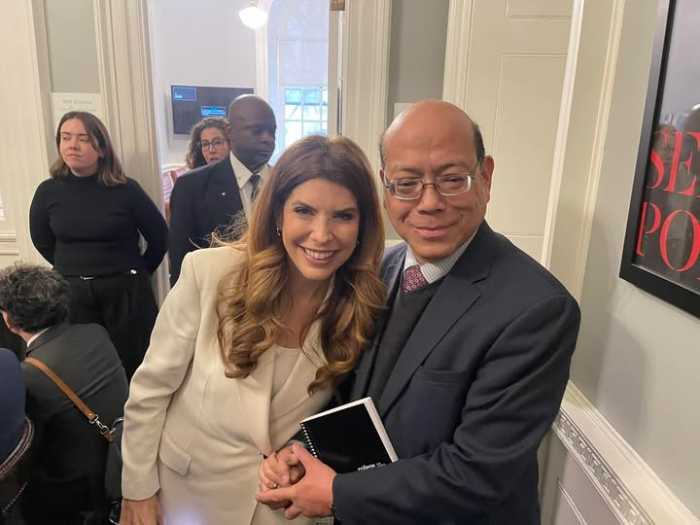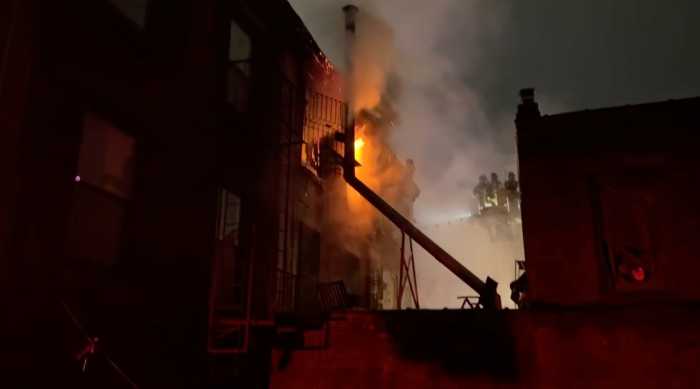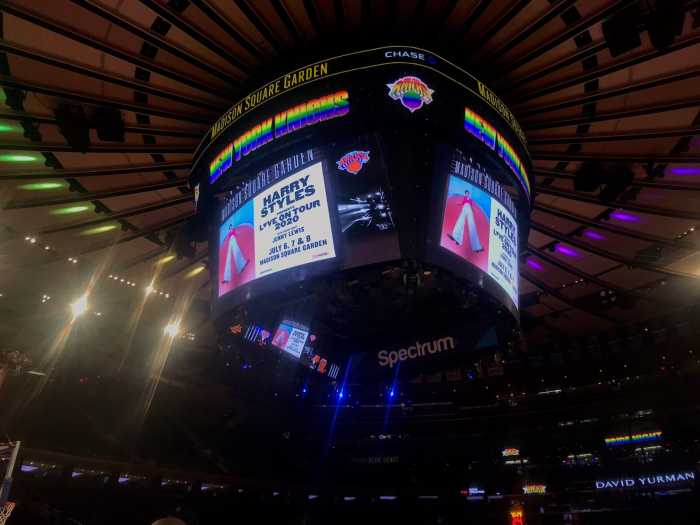Get your solar glasses ready — Monday’s eclipse will be a rare chance to see the moon cross directly between the sun and Earth.
The full solar eclipse will be visible across the country from Oregon to South Carolina for the first time since 1918. New York doesn’t fall in its “path of totality,” but you’ll still be able to see about 70 percent of the sun covered by the moon.
The weather forecast for Monday afternoon is looking good for those who want to see the eclipse, National Weather Service meteorologist Brian Ciemnecki said.
“There could be some cloud cover, but for the most part, people in the city should see something,” Ciemnecki said. Clouds could roll in Monday evening, after the eclipse is over, he said.
Here’s a guide to how you can see the eclipse in the city:
What time will the partial eclipse happen in New York?
The moon will begin to cover the sun at 1:23 p.m. on Monday, Aug. 21. At 2:44 p.m., it will be at its maximum coverage, about 70 percent, and the partial eclipse will end at 4 p.m., according to NASA.
The full eclipse will be visible in the path of totality, which stretches through 14 states. You can also watch one of these livestreams of the full eclipse.
Do you really need those solar glasses?
If you’re planning to watch the partial eclipse, you should wear solar, or eclipse, glasses, according to NASA. Regular sun glasses will not protect your eyes.
“The only safe way to look directly at the uneclipsed or partially eclipsed sun is through special-purpose solar filters,” the agency says on its website.
If you go to a viewing event, check to see if eclipse glasses will be provided. For those who didn’t get a pair in time, try making a viewing device like a pin-hole viewer.
Is it safe to take a selfie of the eclipse without solar glasses on?
Taking a selfie with the eclipse in the background is still dangerous for your eyes because the screen of your phone actually reflects the ultraviolet rays, according to Columbia University Medical Center.
If you’re taking any photos of the solar eclipses, you should keep the eclipse glasses on, experts say.
Additionally, there’s some debate about whether taking a photo of the eclipse will damage your smartphone’s camera lens, so follow NASA’s guide for doing it safely. One option is to put the eclipse glasses between your lens and the sun, but if you do this, you’ll need an extra pair so you’re still wearing the glasses as you take the photo.
What are the best NYC spots to see the partial eclipse?
The best places to see the eclipse will be in open spaces, like a field or beach, the Parks Department said.
The department offers a list of good spots in each of the boroughs, including Van Cortlandt Park in the Bronx, Sheep Meadow in Central Park, Sunset Park in Brooklyn, Flushing Meadows-Corona Park in Queens and Conference House Park on Staten Island.
Where are viewing events happening in New York City?
New York Public Library: The Pelham Bay (3060 Middletown Rd., the Bronx) and West Farms (2085 Honeywell Ave., the Bronx) branches will host viewing parties beginning at 2:30 p.m.
American Museum of Natural History: The Hayden Planetarium will show NASA’s livestream of the eclipse and hold an outside viewing when the partial eclipse is visible in New York. The event starts at noon.
Brooklyn Public Library: The Clinton Hill (380 Washington Ave., Brooklyn) branch will host a viewing party starting at 1:30 p.m.
Queens Library: Several Queens Library locations are holding viewing parties.
Intrepid Sea, Air and Space Museum: Watch the eclipse from the flight deck, starting at noon, or see NASA’s livestream inside the museum’s theater.
Pioneer Works: A public viewing will begin at the Pioneer Works cultural center (159 Pioneer St. in Red Hook) at 12:30 p.m.
Bungalow Bar: The restaurant at 377 Beach 92nd St. in Rockaway Beach will host a solar eclipse party beginning at noon.
Salvation Taco: A viewing party will take place on the roof of Salvation Taco at 145 E. 39th Street starting at noon.
